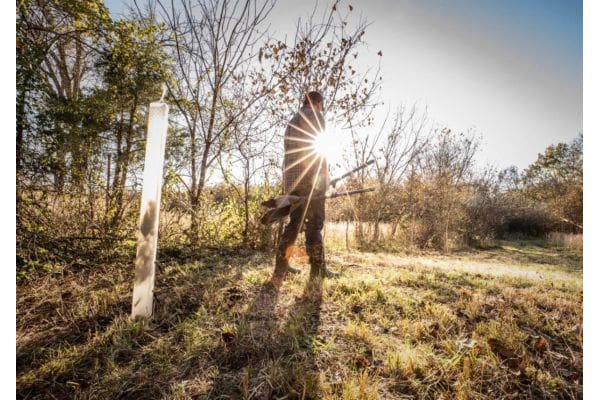Freeze Protection from Chestnut Hill Outdoors

Winter’s arrival comes with its share of challenges for animals and plants. Frigid temperatures, snow, and ice can all cause problems, but planning and protection can prevent or reduce the damage. To receive the maximum benefit from our products, Chestnut Hill Outdoors offers some sound advice and instruction on proper plant care.
The first step in winter plant protection comes in the planning stage. It’s essential to select plants specifically adapted for the local climate, and the best tool for determining that is the USDA Plant Hardiness Zone Map. Chestnut Hill Outdoors lists these Zones for each of their products. They also check all orders to ensure plant species are appropriately suited to their destinations before shipping. Use the link below to insert a zip code for the planting area.
USDA Plant Hardiness Plant Zone Map Link:
http://planthardiness.ars.usda.gov/PHZMWeb/
The next step involves finding more favorable site conditions or micro-climates on the property. Landscape features like slope, topography, and aspect can cause subtle variations. Avoid low-lying areas that create frost pockets where cold air or late frosts settle and linger. Open ground, especially on south-facing slopes, will be warmer and provide more sunlight. Just make sure there is sufficient moisture during the growing season.
The first two years are critical for new trees. For spring planting, wait until after the average last frost date, found in the Old Farmer’s Almanac, or by consulting a local USDA agricultural agent. Beginning fall planting between the growing season and the first frost is best.
In fall, plants cease growing and enter a state of dormancy, indicating it’s time to implement some protective measures. Applying a layer of mulch on top of the soil around the tree will provide insulation, protecting the root systems of young plants and trees from the cold. It will also reduce weeds and help retain moisture in the ensuing growing season. It’s best to use natural materials like wood chips, leaf/yard compost, sawdust, or straw, but be sure not to mulch around the trunk. Matted grass, leaf litter, or mulch can create a favorable microenvironment for rot or rodents that will gnaw bark. This can damage young trees, stunting growth next spring, and in severe cases, they can girdle and kill the tree.
Translucent plastic Grow Tubes are another option. These tubes act as mini-greenhouses, insulating and protecting young trees from temperature extremes and gnawing pests. They also help with weed control and moisture retention during the growing season.
In addition to frigid temperatures, heavy snow and ice can be harmful. Little can be done for large trees except to be patient and wait for melting. It is sometimes possible to sweep snow off the branches of young stock with a broom. Sweeping from the bottom to the top, being cautious not to increase the load on lower limbs.
Even cold-damaged stock can often be salvaged. Wait to prune damaged leaves and twigs. See if new growth emerges in the spring and possibly even at the end of the growing season before pruning off deadwood. With larger branches, there’s a good chance the tree will recover without help or with modest pruning and trimming. If the damage is severe, it may be necessary to cut the tree down to the ground level, wait for it to re-sprout, select a dominant leader or sucker, and prune to promote its growth.
When in doubt, always consult an arborist. Arborists have experience in assessing damage and making proper prescriptions. As a middle ground, contact Chestnut Hill Outdoors. They are always happy to talk about trees, wildlife, and habitat.
About Chestnut Hill Outdoors
Chestnut Hill Outdoors is the best place to purchase food plot and deer attractant plants because they offer a large selection, their plants are specifically bred to attract deer, and they offer customers different-sized plants at different levels of growth. To ensure you receive the maximum benefit from their products, they also provide sound advice and instruction on proper planting and care. For more on Chestnut Hill Outdoors products and how to care for them, visit ChestnutHillOutdoors.com or call (855) 386-7826.
For more information, please visit
WWW.CHESTNUTHILLOUTDOORS.COM
The post Freeze Protection from Chestnut Hill Outdoors appeared first on HuntingLife.com.
